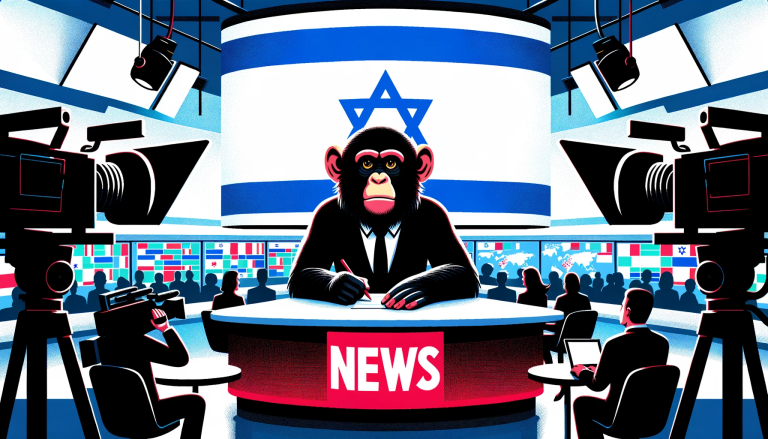Human Rights Watch (HRW) has recently alleged that the Israeli military used white phosphorus munitions in both Lebanon and Gaza. This revelation has brought to light the controversial nature of this chemical substance and its potential implications.
Quick Facts
- HRW’s Claims: The rights group verified Israel’s use of white phosphorus munitions through interviews and video evidence, showing its deployment along the Israel-Lebanon border and over the Gaza City port.
- White Phosphorus Characteristics: A wax-like, toxic substance, white phosphorus burns at over 800°C, producing fast-spreading fires and thick smoke. It’s often used by militaries to create smokescreens.
- Effects on Humans: White phosphorus can cause severe burns, penetrating the skin down to the bone. It can also lead to organ dysfunction and can be lethal if inhaled.
White phosphorus is not a new substance in the realm of military warfare. Its ability to produce rapid fires and dense smoke has made it a preferred choice for militaries worldwide to create smokescreens. The smoke produced by white phosphorus can last for about seven minutes, providing cover for military operations. However, its use in populated areas has raised concerns due to its potential to cause significant harm to civilians.
When it comes to its effects on humans, white phosphorus is particularly dangerous. It can cause burns that penetrate deep into the skin, reaching the bone. If not treated promptly, these burns can lead to severe complications. The chemical can be absorbed by the body, leading to dysfunction in vital organs such as the liver, kidneys, and heart. Furthermore, the fumes produced by white phosphorus can irritate the eyes and respiratory system, posing additional health risks.
Despite its hazardous nature, white phosphorus is not banned by international conventions. It is not classified as an “incendiary weapon” but rather as a multipurpose munition. This classification allows militaries to argue its use for purposes other than causing harm, such as creating smokescreens or illuminating targets. Both the US and Israel, though not signatories to Protocol III of the 1980 Convention on Certain Conventional Weapons, assert that their use of white phosphorus aligns with international regulations.
| For Further Reading |
|---|
| White phosphorus has been a topic of debate for years due to its potential harm to civilians in conflict zones. This chemical substance, which can burn at temperatures high enough to melt metal, has been used by various militaries to create smokescreens during operations. However, its deployment in populated areas has raised significant concerns among human rights organizations. The substance can cause severe burns and organ dysfunction, making its use in warfare controversial. For more information on white phosphorus, visit its Wikipedia page. |
Q&A
What is white phosphorus used for in the military?
White phosphorus is primarily used by militaries to create smokescreens, signals, or to illuminate targets. Its ability to produce rapid fires and dense smoke makes it effective for these purposes.
Is white phosphorus banned by international conventions?
No, white phosphorus is not banned by international conventions. It is classified as a multipurpose munition rather than an “incendiary weapon.”
How does white phosphorus affect humans?
White phosphorus can cause deep burns that penetrate the skin down to the bone. It can also lead to organ dysfunction and can be lethal if inhaled.
Original article source: DNYUZ


